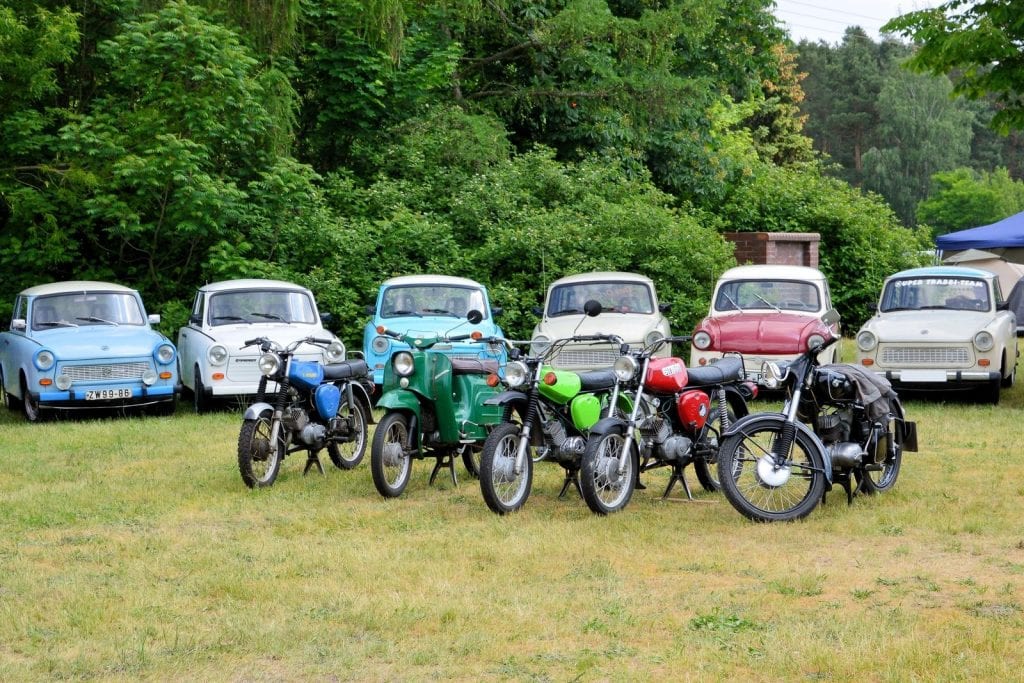Singapore has always been lauded as a country with strict bylaws. It’s illegal to spit or sell bubble gum in public, and you’d be facing a hefty fine with up to two years in jail if you decided to take the risk and got caught. And now, in a recent report from MotoPinas, Singapore is cracking down on excess emissions – specifically older models produced on or before July 1, 2003.

The increase in efforts to reduce emissions and improve air quality is nothing new for Singapore, and it is just the tip of the iceberg when it comes to motor limitations for the country. The new bylaws (taking effect as of April 6, 2023) are going to be passed by the National Environment Agency (NEA), who have said in a statement on their website that they expect all motorcycles not conforming to the new emissions regulations to comply, or be banned.
This leaves residents a scant two years from now to tighten the emission output of their retro engines or face further fines and potential jail time. For many residents, this demand is next to impossible without heavily affecting the state and ride performance of their bike.
NEA has more to say about imported and foreign motorcycles, who will apparently not be exempt from the new bylaw.
“This is similar to current rules requiring foreign motorcycles to adhere to the same exhaust noise limit as local motorcycles, and not to emit any smoke or visible vapor,” says the agency.

Apparently, there is still a way to retain a bike produced before 2003 – but the application for the Classic Vehicle Scheme is still in the exploratory phase and a long way from completion.
“For owners who wish to keep their older motorcycles as a classic vehicle, [the] NEA is exploring a temporary scheme which would allow local motorcycles that were first registered between Jul 2, 1993, and Jun 30, 2003, to be retained after Jun 30, 2028, until such time when they are eligible for the Classic Vehicle Scheme,” NEA says.
To qualify for this benefit, residents and owners have to prove that their bike is at least 35 years or older from the original vehicle registration, and won’t come without its own list of restrictions.
Bottom line, emission levels for Singapore are set to reach an all-time low soon – but expect a weighty eye on your every move if you’re sporting a bike that’s got a few extra years under its fairings.
Source: MotorbikeWriter.com




 Indian Emflux ONE electric motorcycle
Indian Emflux ONE electric motorcycle